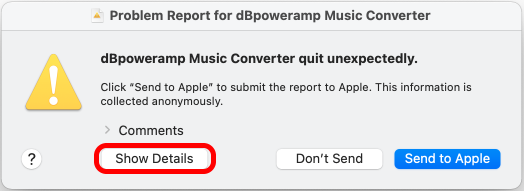
- Perfecttunes registered install#
- Perfecttunes registered update#
- Perfecttunes registered windows 10#
- Perfecttunes registered software#
The T-harness includes a plug for the factor speaker wires and that I hooked right to my new amp. I used the T-harness to connect the DSR1 to the factory harness and removed the stock amp. I installed the speakers as passive since I only had a 4 chan amp. Then two 4GA wires one to the 4Chan Amp and one to the sub box. I ran a 4GA power wire down the passenger side to a fused distribution block in the hatch floor.

Let me start out by saying, I have had no experience with DSP’s up till now so I figured I would share my experience.ġ.)Ē Pairs of Polk Audio DB6502 component speakers 100W RMS, 300W Peakģ.) Rockford Fosgate P300-12 300W Powered 12” Subwoofer.
Perfecttunes registered install#
So I have finished my install and it’s my turn to give back to the forum. In fact I had to deal with using that yesterday for my setup, and they were quick to reply and help resolve my issue

Their email support form,, works well too. Also have the ability to call them ( ), although once you say you are calling for the DSR1 you can really only talk to one of two people in the department since they are the only ones who know anything about it They also have this forum, Maestro DSR1 -, where someone named Dara is quick to reply and generally helpful They have a toll free number on their page ( ) iOS version: (it's MUCH easier on an iPad to do an extensive tune session with) To be able to tune (crossovers, eqs, gain, etc), you'll need Rockford's "PerfectTune", which will talk to the DSR1 over bluetooth. Here is what it typically takes to get WebLink talking to the DSR1:
Perfecttunes registered software#
Once done with the settings, click "Update" and you'll have the Maestro v1.6 software on there. What you choose here on this last page will vary. The last page of the wizard, settings, depends on what your system setup is going to be and whether you have the remote volume knob (Rockford PLC2) or not. Once connected, walk through the wizard which tells the Mastro what make, mode and year your car is and what Maestro accessories you have, which should only be the F02 harness. I added a video below to demonstrate this. This step is definitely the reason I'd use "sh*tty" to describe this process. It may take a few tries to get it talking to each other. If the DSR1 isn't recognized: give "Retry" a few attempts, if that doesn't work, unplug the USB cord from the computer, plug back in, wait about 5 seconds and "Retry" again. Go to this page and (1) login or (2) create an account: iDatalink - Maestro - Weblink 5.0 Updater - Main (they track what and when you flashed)
Perfecttunes registered windows 10#
Open up Internet Explorer on a Windows 7 or Windows 10 machine (no, you can't use Microsoft Edge or any other browser) Here is the sh*tty part, installing/updating Maestro software, which is "maddening frustration" if I had to describe it: Click "Upload to Device" and you're done with the DSR Updater application, you can close it. In the DSR1 Updater app, select "Open File" to go find that unzipped file (extension ".dsr") Download the latest (v1.4.4.0 as I make this post) firmware for the DSR1 and unzip it

You should see the DSR1 show up on the left side Download the DSR1 Updater application, install it and run it. You don't have to reboot, but with Windows and stuff like this, it never hurts to do so Download and install the "WebLink" software (allows Microsoft Explorer to talk over the USB port to the DSR1).
Perfecttunes registered update#
For mine, it's already all installed and tucked away, I can simply unplug the blue stock plug from it to take power away from the DSR1 (there are thick yellow and thick black wires on the car side of the harness)įollowing along on that page, first update the DSR1 (all 3 things to download are on the page linked to above): Make sure that nothing is plugged into the DSR1 *except* for the micro USB cable if you can help it. I don't think anyone has ever posted step by step instructions, so here you go:


 0 kommentar(er)
0 kommentar(er)
